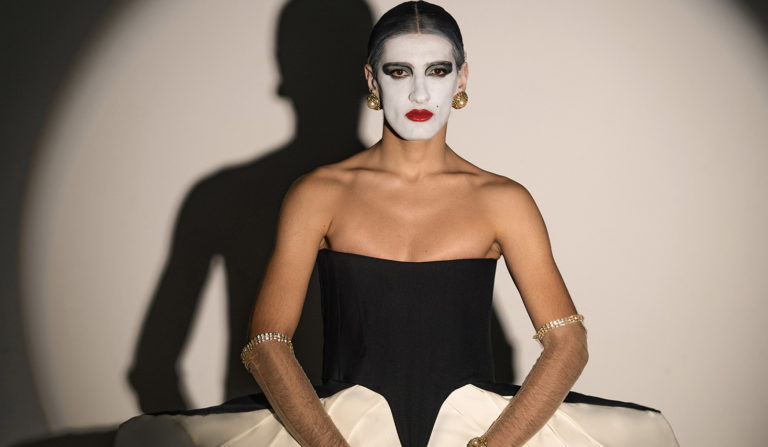

The last decade has seen a period of transition towards what could be considered the most genderless era in the history of fashion. Although browsing through books and magazines it is possible to identify garments and looks from the past totally dissociated from today’s gender expectations, it would be anachronistic to attribute them genderless status, as certain garments that today we read as feminine, belonged in that time to the male wardrobe.
One of the phenomenons that paved the way to this genderless presentation is primarily the growing interest of men in fashion – a trend captured early by the houses of the industry that invested in the development of men’s collections to make sure that they are as well cared for as the women’s. Meanwhile, streetwear rose as the trend of the decade bringing men closer to fashion.
Historically, the LGBTQ+ community has never limited itself to the gender expectations imposed by society. However, people who decided to live their gender identity or sexuality freely were often cut off and marginalised, which served as a catalyst for the emergence of trends often covered by a camp aesthetic that has become a hallmark of LGBTQ+ culture.
The conquest of LGBTQ+ rights in the West freed gender dissident people from the ghettos who began to be part of civil society and influencing the mainstream style. Once they began to star in powerful campaigns it generated two effects: on the one hand, liberation of the society of binary clothing expectations and, on the other, empowering the LGBTQ+ community that identified with these identities and felt freer to express themselves.
That said, what we can affirm is that currently genderless fashion represents a hallmark of the era, since it is the first time that men and women consciously flee from dressing in accordance with social norms that only limit the possibilities of expression. There is a general reversal of the factors that have long determined the masculine or feminine character of clothing. Now women seek mostly comfort and men resort to as many devices as they can to express themselves.
The best of all this is what is found in the middle: designers and brands that had already emerged without gender markers and that were born in a period in which these differentiations simply serve as a reference to create garments that do not understand masculine or feminine.
Spain is one of the most fertile territories for the cultivation of a genderless aesthetic. Palomo Spain is one of the main references of the movement at a global level. The Cordoba based designer revolutionized the world of fashion with his Chicos Palomo and won over global celebrities such as Beyoncé and Rita Ora.
Another prominent designer is the creative director of the Spanish brand Loewe, Jonathan Anderson, who has produced exquisite work for the brand over the past few years through the valorisation of craftsmanship and genderless aesthetics, as well as through the many tributes he makes to icons of the LGTBQ+ movement past.
Below we present some young Spanish fashion designers who have developed their collections beyond binary concepts, explaining what masculinity and femininity represent for them in their creative processes: